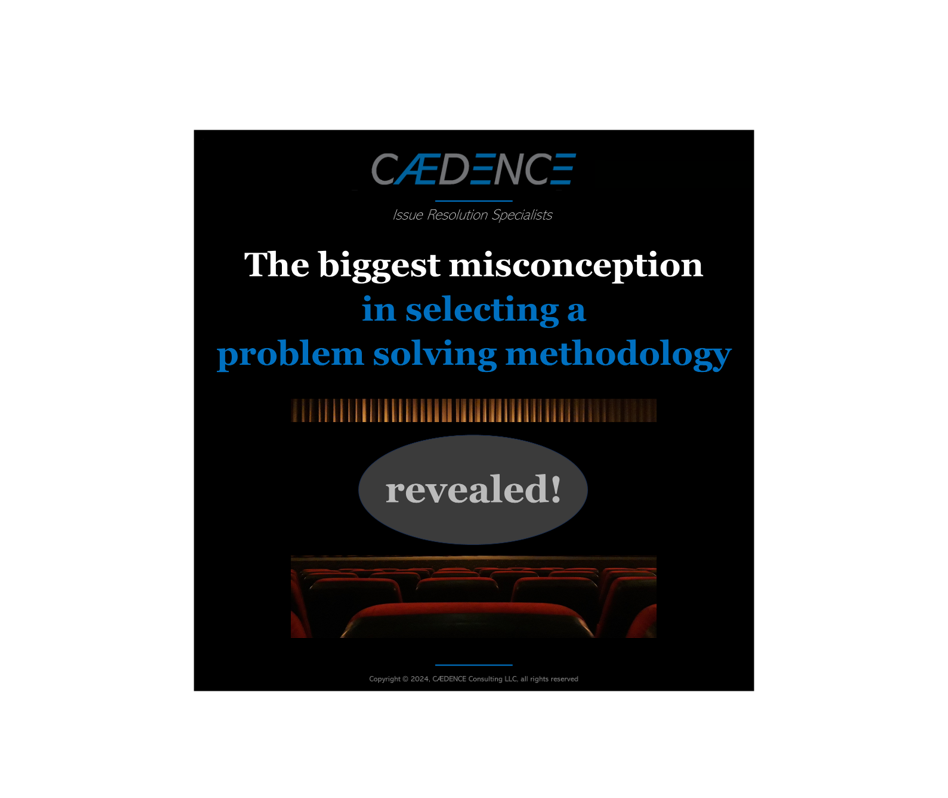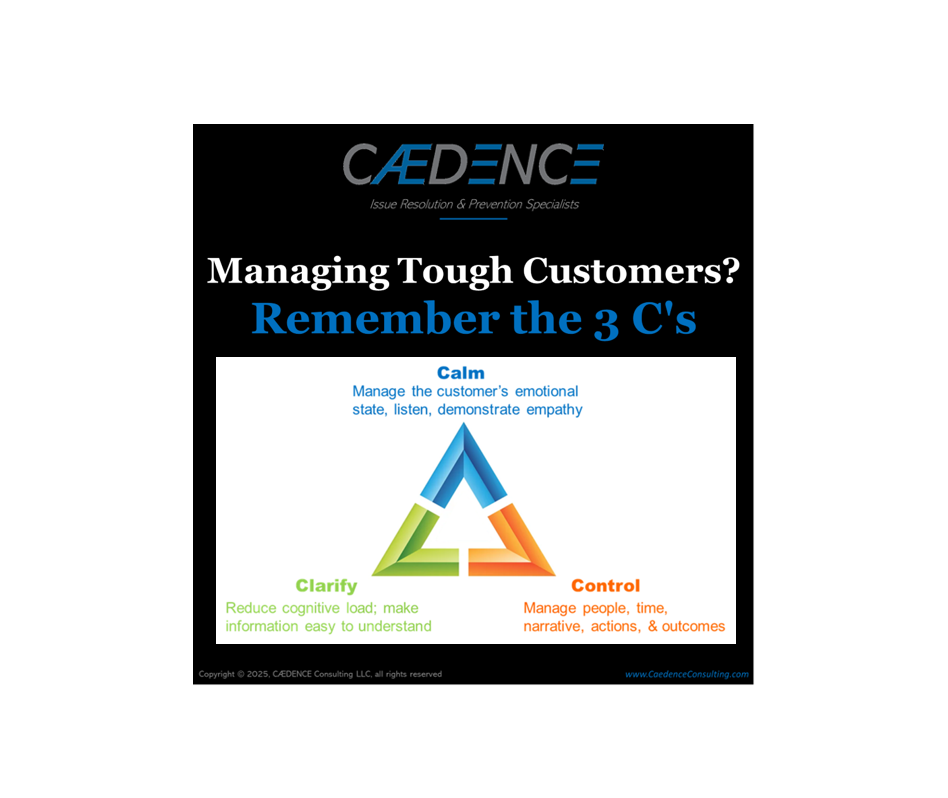Surprise – Your Customer Just Fired You!
Our New Product Development team was following what seemed like the best-practice formula for success. They held several weekly engineer-to-engineer meetings and monthly management meetings with the customer, and regular internal management reviews to monitor progress. It was quite a shock when the customer fired us shortly before the product was supposed to launch - after 2 years of development effort and investment!
The product was custom and complex. Numerous engineering changes were made over the first 12-months to improve the design and better align with evolving customer needs. All changes were discussed frequently with the customer engineers, including ballpark estimates of the cost impacts of those changes. The customer engineers advised us to wait until all the changes were settled before issuing an updated quotation. Following that advice was a huge mistake!
Nearly 24 months after project kick-off, and innumerable requirement changes and optimizations later, the specification and design were frozen. It was time to quote the updated product (at its corresponding new, higher price, resulting from all the additional features the customer’s engineers had asked for along the way) formally to the customer’s Purchasing Management. Customer Purchasing Management felt blindsided by the new price and immediately canceled the project! We had assumed all along that our engineering counterparts were communicating within their own organization. They were not.
Analysis after the fact showed that despite direct contact with customer engineers and mid-level management, engagement with the right top-level contact people (the ones who make the budget/spending decisions) had not happened. The pricing surprise resulted in a loss of confidence in our team by the customer’s senior management team. There’s no such thing as “The Customer”. Each customer is made up of a variety of constituencies, each with their own motivations, goals, and metrics. It is your responsibility to keep all the relevant players in the loop.
Several lessons can be drawn from this expensive, unpleasant experience:
1. Make your own efforts to over-communicate to customers at all levels.
2. Do not assume the customer communicates internally across departments or between levels.
3. Set up a regular, formal way to quote the impact of any engineering changes to the customer.
4. Ask for written confirmation of product and process changes.
5. Maintain a change log document jointly used by both parties.

Over the years we’ve been exposed to Six Sigma, Juran, Deming PDCA, 8D, Dale Carnegie, A3, Shainin, and more. Each technique works pretty well, and has been demonstrated many times in a wide variety of industries and circumstances. At the core they are all essentially the same!
Each approach relies on an underlying logical flow that goes like this: [a] make sure the problem is clearly defined; [b] be open to all sources of information; [c] vet the information for relevance and accuracy; [d] use the process of elimination to narrow down all possible causes to the most likely few; [e] prove which of the suspects is really the cause of the issue; [f] generate a number of potential solutions; [g] evaluate the effectiveness, feasibility and risk of the potential solutions; [h] implement the winning solution(s); and [i] take steps to make sure your solution(s) don’t unravel in the future.
The differences between the paradigms resides in supplementary steps and toolkits. For example, 8D contains the important “In

Your primary role as a manager is to ensure your team’s success. Internalize this. Make sure your team members know this. Build an environment of trust and collaboration. A direct report of mine would frequently leave me out of the loop as problems escalated, preferring instead to “work harder”. It was clear that he felt uncomfortable delivering bad news to me (his boss) when things were not going according to plan. Let me tell you the rest of the story.








